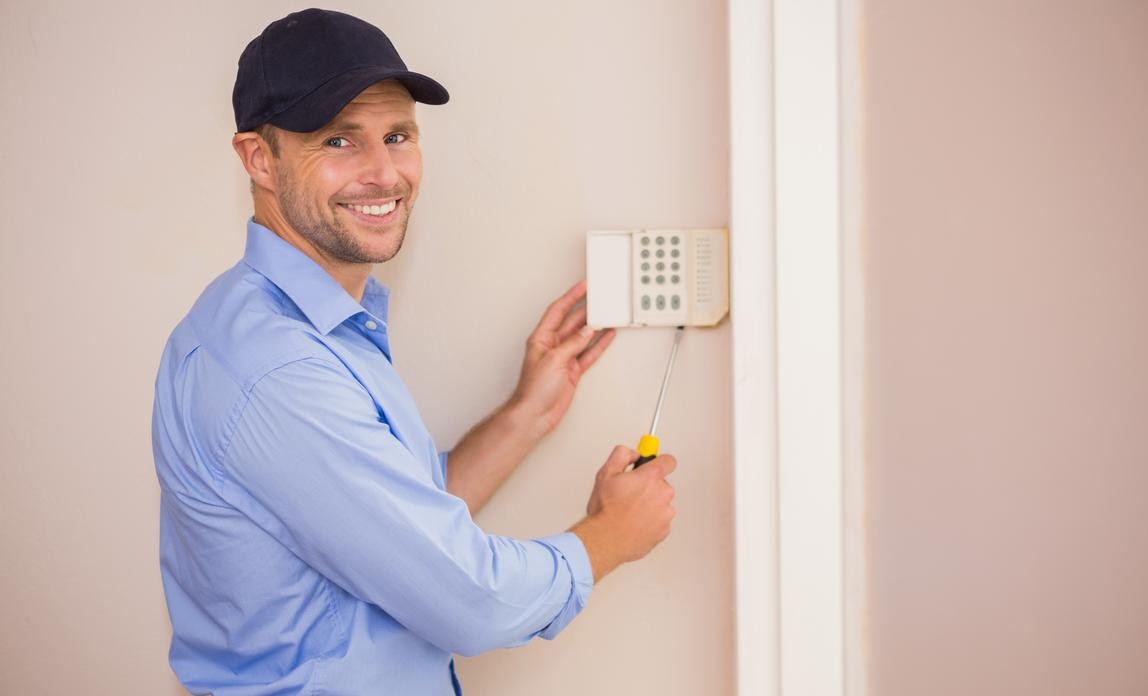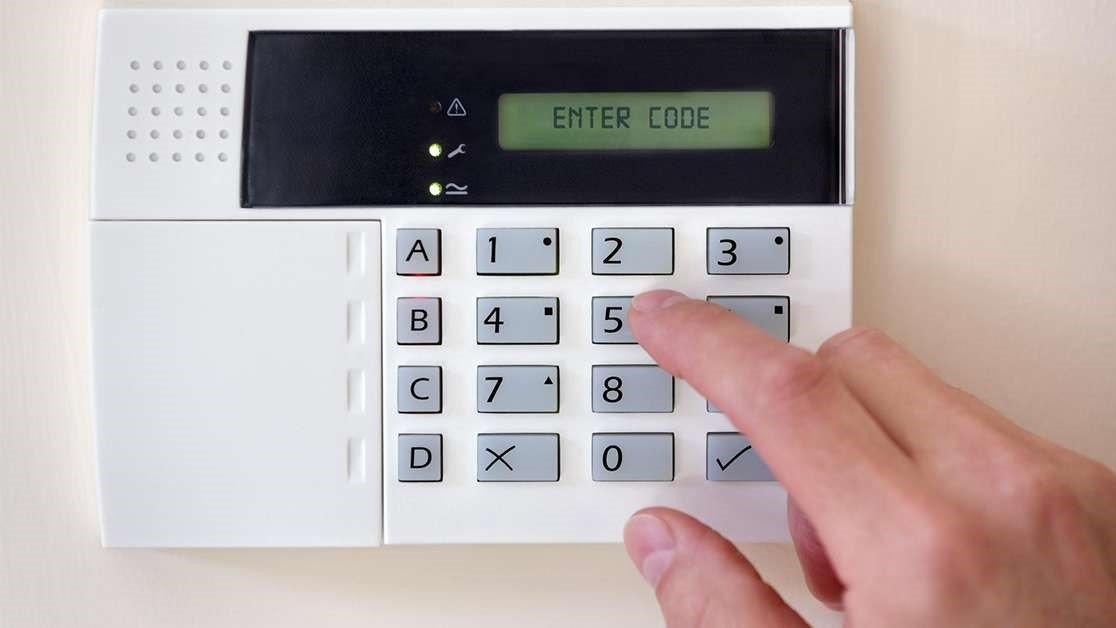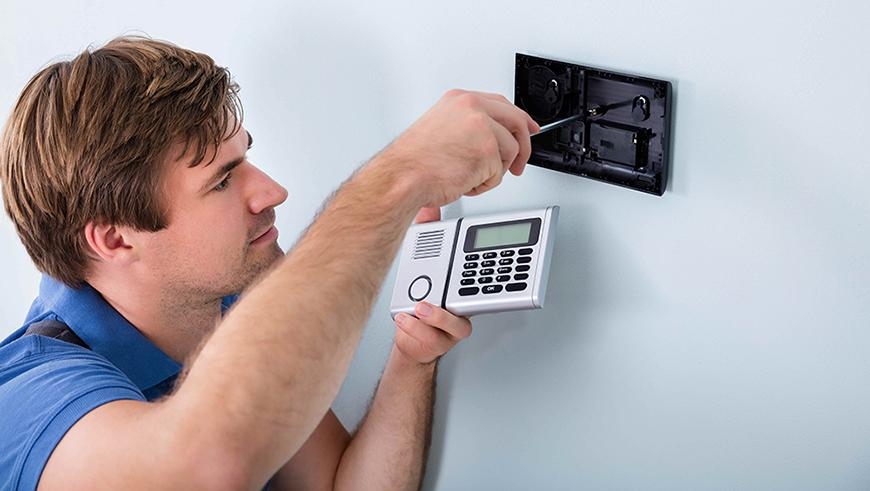Comments
- No comments found

With burglars getting smarter, isn't it time our house alarms did too?
The good news is, they are! Thanks to remarkable strides in technology, today's house alarms are no longer the simplistic systems they used to be. They're becoming increasingly sophisticated, leveraging cutting-edge tech to keep your home safe and sound.
Keep reading to learn about the latest advancements in house alarm technology, giving you all the information you need to make smarter, more informed choices.

Integration with smart home platforms is among the most critical developments in house alarm technology. For instance, compatibility with Amazon Alexa, Google Home, or Apple’s HomeKit enables users to control alarm systems alongside other smart home devices. This integration consolidates multiple functions into a single interface, making house alarms much easier to manage.
Aside from boosting convenience, this technology enhances efficiency as well. When your alarm system is synced with other smart devices like door locks and cameras, it enables more coordinated actions in emergency situations. Immediate locking of doors or live video streaming can be activated through smart home automation rules, making the entire security arrangement more robust.
Artificial intelligence and machine learning algorithms significantly enhance the capability of house alarms. The technology aids in more accurate threat detection while minimising false alarms. Advanced sensors coupled with AI algorithms can differentiate between regular home activities and unusual, potentially dangerous, scenarios.
The AI operates through pattern recognition, constantly learning from new data. For example, an AI-powered alarm system can distinguish between a family member entering a restricted space and an unknown entity doing the same. This distinction is crucial in reducing false alarms, which have been a long-standing issue in traditional alarm systems.
Immediate alerts and notifications have become standard features in modern alarm systems, and for a good reason. This technology provides homeowners with real-time updates on their property's security status. Whether it's a door being opened or a window being broken, the alarm system sends instant messages to predefined contact numbers or devices. Some systems even offer integration with local law enforcement systems for quicker response times.
Real-time notifications prove invaluable in situations requiring immediate attention. It gives homeowners the opportunity to assess the situation and take necessary actions, whether that's disarming the alarm remotely or contacting the police. Such responsiveness makes a difference in the effectiveness of security measures.
Video surveillance has evolved from grainy footage to high-definition clarity. Current house alarms often feature built-in HD cameras that offer live streaming options. The quality of these visuals provides more detailed information, aiding in the more accurate identification of potential threats. Some of the more advanced systems even include features such as facial recognition.
The importance of video quality in security systems should not be underestimated. Superior visual data can be critical in criminal investigations and insurance claims. Also, real-time video feeds accessible via smartphones grant homeowners the ability to monitor their property irrespective of their location.
Biometric recognition adds a layer of sophistication and personalisation to house alarms. Fingerprint, facial, and even retinal scans are now becoming more prevalent in high-end security systems. By relying on unique biological characteristics, these systems offer a higher level of security compared to traditional password-based or key-based methods.
The integration of biometric data adds to the efficiency of the alarm system in multiple ways. For instance, a fingerprint scan can be required to deactivate the alarm, ensuring that only authorised individuals have the ability to control the system. This makes it exceedingly difficult for intruders to bypass the system, thereby adding a robust layer to home security measures.
Modern alarm systems often come with backup power solutions to ensure uninterrupted functioning. Whether it's a built-in battery or compatibility with external power sources, the idea is to keep the system operational even during power outages. This is critical because vulnerabilities often occur when the main power supply is compromised. A backup power system mitigates this risk by ensuring the alarm system remains functional at all times.
Two-way audio represents another meaningful technological advancement in house alarms. In the event of an alert, this feature allows the homeowner to establish direct audio communication via the alarm system. Not only does it facilitate real-time conversation with anyone near the device, but it also offers the possibility of deterring intruders through verbal confrontation.
The capability to control your house alarm through a mobile application offers unparalleled convenience. Whether you're at home or miles away, the mobile app provides a user-friendly interface for monitoring and controlling the alarm system. This includes arming or disarming the system, checking battery levels, and even receiving maintenance alerts. It puts complete control of your home security right at your fingertips.
Aside from deterring burglars, modern alarm systems create a comprehensive safety net for your home. Environmental sensors are becoming increasingly integrated into these systems, offering alerts for fire, carbon monoxide, and even flood detection. These sensors take a more holistic approach to home security by monitoring different types of potential threats, not just unauthorised entry. When your alarm system can also alert you to a gas leak or imminent flooding, it goes beyond security to ensure overall safety.

The concept of scalability in modern house alarms is gaining ground as well. Modular designs allow for easy additions of more sensors, cameras, and other elements, without requiring a complete system overhaul. This flexibility enables homeowners to adapt their security system to different home sizes and security requirements.
Scalability eliminates the need for frequent, costly upgrades, making it easier for homeowners to adapt to changing circumstances, whether they move to a larger property or simply want to upgrade their security.
Advancements in technology have made house alarms more effective than ever, making them a far cry from their traditional predecessors. Given the rapid digital transformation we're experiencing, it’s reasonable to expect these technological features to adapt and improve even further in the future.
Leave your comments
Post comment as a guest